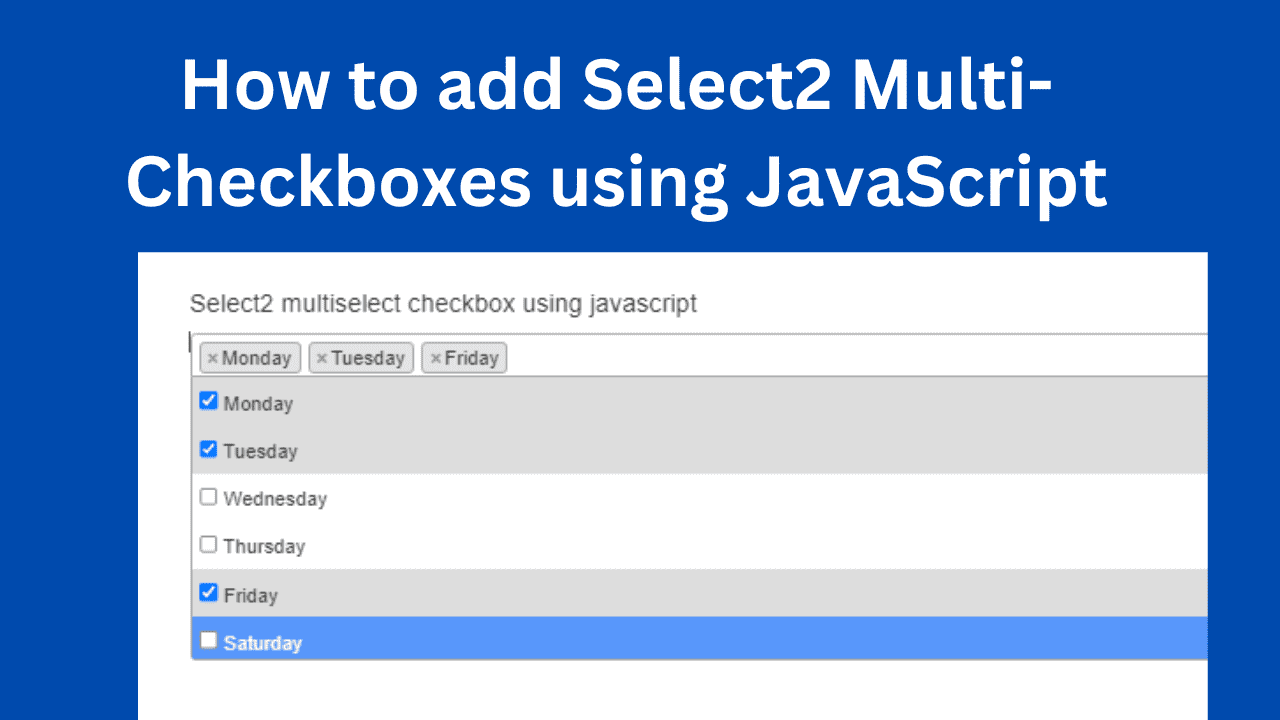Laravel 11 CRUD operations
Read More


Imagine a classroom where each student receives personalized instruction, where teachers are supported by intelligent systems, and where learning is not confined to traditional methods. This is not science fiction; it’s the reality that Artificial Intelligence (AI) is bringing to education. As AI continues to evolve, its impact on education becomes more profound, offering new ways to enhance learning, teaching, and administration.
Artificial Intelligence refers to the simulation of human intelligence in machines. These systems are designed to think, learn, and adapt, making decisions that traditionally required human intervention. While AI has been around for decades, its application in education is relatively recent, yet rapidly expanding.
Traditional education has long relied on a one-size-fits-all approach, where students follow a set curriculum at a uniform pace. However, this method often overlooks the individual needs of learners. The rise of digital technologies has paved the way for more flexible and personalized learning experiences. AI is at the forefront of this change, offering tools and systems that cater to the unique needs of each student.
AI is transforming education in several ways. One of the most significant changes is the ability to offer personalized learning experiences. AI-driven platforms can analyze a student’s performance and tailor lessons accordingly. For instance, if a student struggles with a particular topic, the system can provide additional resources and practice exercises, ensuring mastery before moving on.
Another area where AI is making a difference is in assessment. Traditional grading can be time-consuming and subject to bias. AI can streamline this process, providing quick, objective feedback that helps students understand their strengths and areas for improvement.
A growing number of AI-powered tools are enhancing the educational experience. For example, platforms like DreamBox and Knewton use AI to adapt learning content in real-time, based on a student’s progress. These tools create a dynamic learning environment that keeps students engaged and challenged.
Virtual tutors are another example of AI in action. These systems can provide one-on-one support to students, offering explanations and answering questions on-demand. This level of personalized attention is invaluable, especially for students who may need extra help outside of the classroom.
The benefits of AI in education are far-reaching. Perhaps the most notable is the ability to provide personalized learning at scale. In traditional classrooms, it’s challenging for teachers to give each student the individual attention they need. AI can fill this gap, offering tailored instruction that helps students learn at their own pace.
AI also improves accessibility. Students with disabilities or those in remote areas can benefit from AI-driven tools that offer customized learning experiences. For example, text-to-speech software and AI-powered learning apps can help students with visual or hearing impairments participate fully in their education.
While AI offers numerous benefits, it also presents challenges. One of the primary concerns is privacy. AI systems often require access to large amounts of student data to function effectively. Ensuring that this data is protected and used ethically is crucial.
Another challenge is the digital divide. Not all students have access to the technology needed to benefit from AI-driven tools. Schools and policymakers must work together to ensure that AI in education does not exacerbate existing inequalities.
Personalized learning is one of the most exciting developments in education, and AI is at the heart of it. Adaptive learning platforms use AI to assess a student’s strengths, weaknesses, and learning style. They then customize the content to meet the student’s needs, making learning more effective and engaging.
For example, if a student excels in math but struggles with reading, an AI-driven platform can adjust the difficulty level of reading assignments while continuing to challenge them in math. This approach ensures that students are neither bored nor overwhelmed, keeping them motivated and on track.
AI is not here to replace teachers but to support them. By handling routine tasks like grading and attendance, AI frees up teachers to focus on what they do best—teaching. Moreover, AI can provide teachers with insights into student performance, helping them identify which students may need extra support.
In this way, AI serves as a valuable tool for teachers, enhancing their ability to deliver high-quality education while reducing their administrative burden.
AI holds significant promise for special education. Students with special needs often require customized learning plans, and AI can help create these plans more effectively. For example, AI can assist in developing speech therapy exercises tailored to a student’s specific challenges.
Moreover, AI-driven communication tools can help students with disabilities express themselves more clearly, fostering better interaction with their peers and teachers.
As AI technology continues to advance, its role in education will only grow. We can expect to see more sophisticated AI systems that offer even more personalized and immersive learning experiences. From virtual reality classrooms to AI-driven tutoring bots, the future of education is bright with possibilities.
The rise of AI in education also brings ethical considerations to the forefront. Issues like data privacy, algorithmic bias, and the digital divide must be addressed to ensure that AI benefits all students equally. Educators and policymakers must work together to create guidelines that govern the ethical use of AI in schools.
Several educational institutions are already seeing the benefits of AI. For instance, the Georgia State University implemented an AI system to monitor student performance and identify those at risk of dropping out. The system provided timely interventions, which led to a significant increase in retention and graduation rates.
Such success stories demonstrate the potential of AI to make a positive impact on education when implemented thoughtfully and strategically.
For educators looking to integrate AI into their classrooms, the first step is to become familiar with the available tools. There are many online resources and training programs that can help teachers learn how to use AI effectively.
It’s also essential to start small. Implementing AI doesn’t require a complete overhaul of the educational system. Instead, teachers can begin by incorporating AI tools into specific areas, such as assessment or personalized learning, and gradually expand their use as they become more comfortable with the technology.
Artificial Intelligence is revolutionizing education, offering new ways to enhance learning, improve accessibility, and support teachers. While challenges remain, the potential benefits of AI in education are immense. As we look to the future, it’s essential to embrace these technologies while also addressing the ethical and practical considerations they bring. The future of education, with AI at its core, promises to be more personalized, inclusive, and effective.
Recent posts form our Blog
.png)


.png)
.png)

0 Comments
Like 0